A few days ago I wrote about large-scale farming in northern Montana, a highly automated operation that is reminiscent of industrial manufacturing processes. Hi-tech machinery, complex chemistry and advanced breeds of grain are necessary ingredients of this kind of agribusiness. What you can see there is the result of a long process of optimization for one specific goal, the yield per acre.
Yet productivity and efficiency are only a part of the equation. Our dietary requirements go far beyond having “enough” to eat. We are looking for healthy foods, free of potentially dangerous chemicals, that taste good and can be grown in a way that leaves the land intact. Enter the world of sustainable agriculture.
“Sustainable” is not a single, precisely defined way of farming. The word describes the common aspect of a multitude of approaches, something that has been defined as “economically viable, environmentally sound, and socially acceptable”.
Traveling throughout Montana I was lucky to meet the operators of a farm that tries to accomplish just that. Victoria Werner and her partner Elan Love run Deluge Farm, a small outfit on Camas Prairie that sticks to the principles of organic farming. At only twenty acres it is diminishingly small compared to the industrial-size farms on the Hi-Line that I wrote about in the previous post. Only a little over an acre is used for growing vegetables, the rest is reserved for raising sheep, chickens and turkey.
When they moved from Ohio, where they had studied at Oberlin College, to Montana, Victoria and Elan brought lots of enthusiasm – and very little experience in organic farming. They asked local farmers about the conditions of the soil and about irrigation. They bought books and searched the Internet for information and tips. Keeping cost down (their only help is a few students who spend the summer on the farm in return for room and board) and living frugally, they now manage to get by on the farm’s revenue after a few hard years.
On Deluge Farm, there is no heavy machinery. The plants grown here get touched only by human hands. Some of vegetables grow out in the open, some in a greenhouse that Elan designed and built himself. However, not all experiments turn out well. Early on, Victoria and Elan built a cold storage room that was insulated with wool from their own sheep. Seemed like a great idea: cheap, good insulation (nature-proven, so to speak), recyclable and locally grown. It turned that all kinds of bugs also liked the coziness of this kind of insulation. Eventually they had to replace the wool by sheets of styrofoam.
Besides growing produce, small farms like this face another problem: distribution. Whatever grows on Deluge Farm is sold by Victoria and Elan on farmers’ markets. The market in Hot Springs is the closest one at a distance of about 17 miles. It’s a small market with only a few customers, and due the generally meager incomes of Hot Springs residents prices are low. The farmers’ market in Missoula is far more attractive in both volume sold and prices. Yet it is 80 miles away, meaning three hours of driving back and forth. While it is ecomically viable to sell there, it certainly isn’t in terms of enviromental impact, even though they use a hybrid engine car for the ride. Large-scale farms with their highly optimized delivery systems are at an advantage in this respect.
The issue is how to combine the advantages of high-yield, industrial farming with those of small-scale, sustainable methods. Even agriculture, which has developed more than 10,000 years ago in the Fertile Crescent of Western Asia, leaves some questions open today.


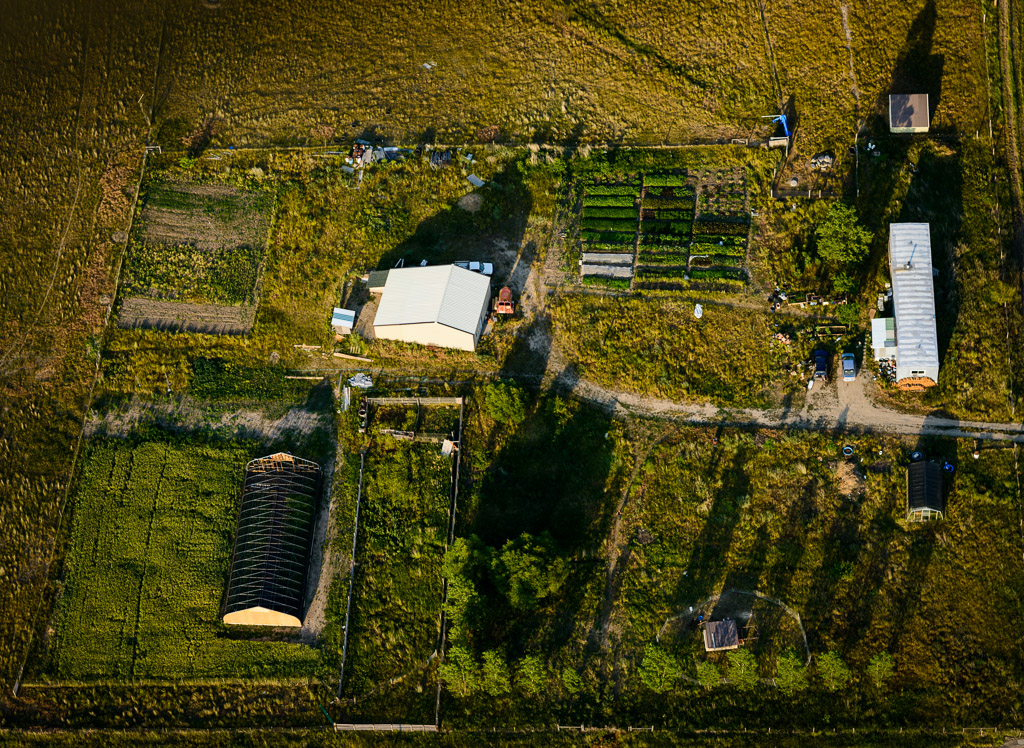
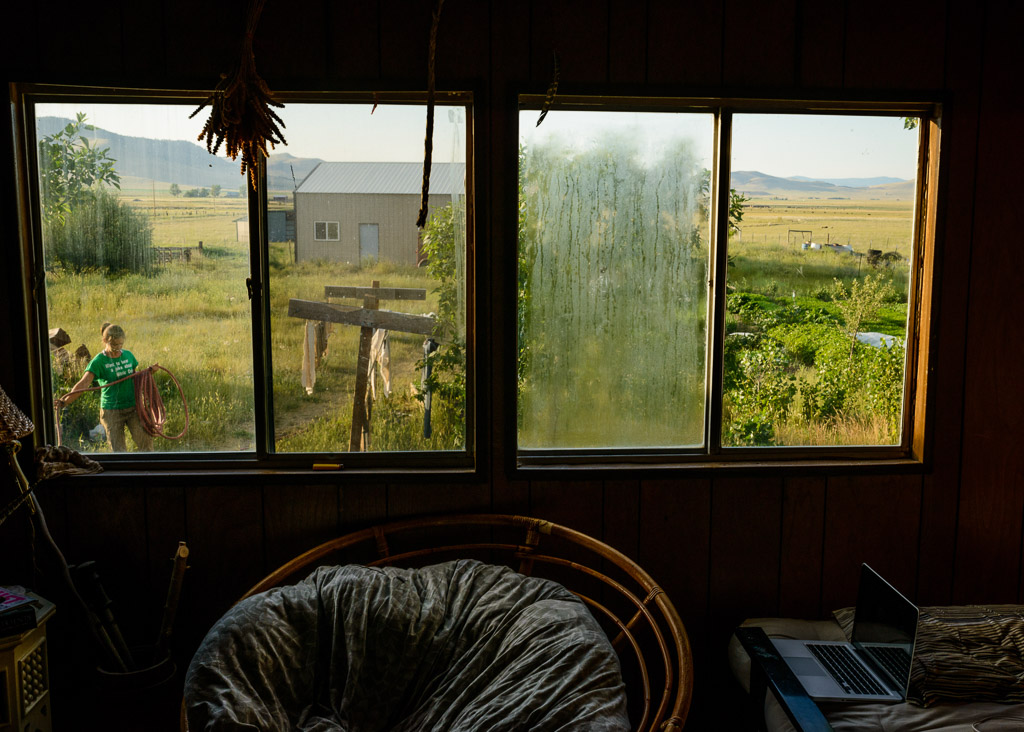
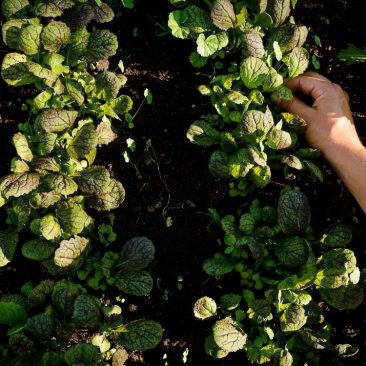
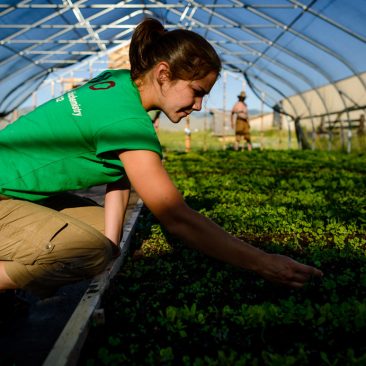
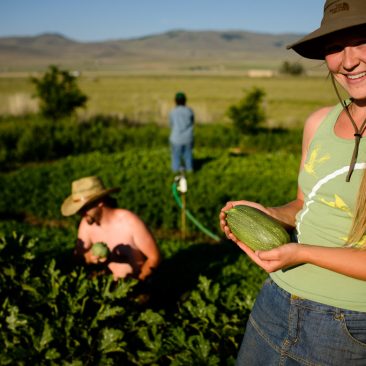
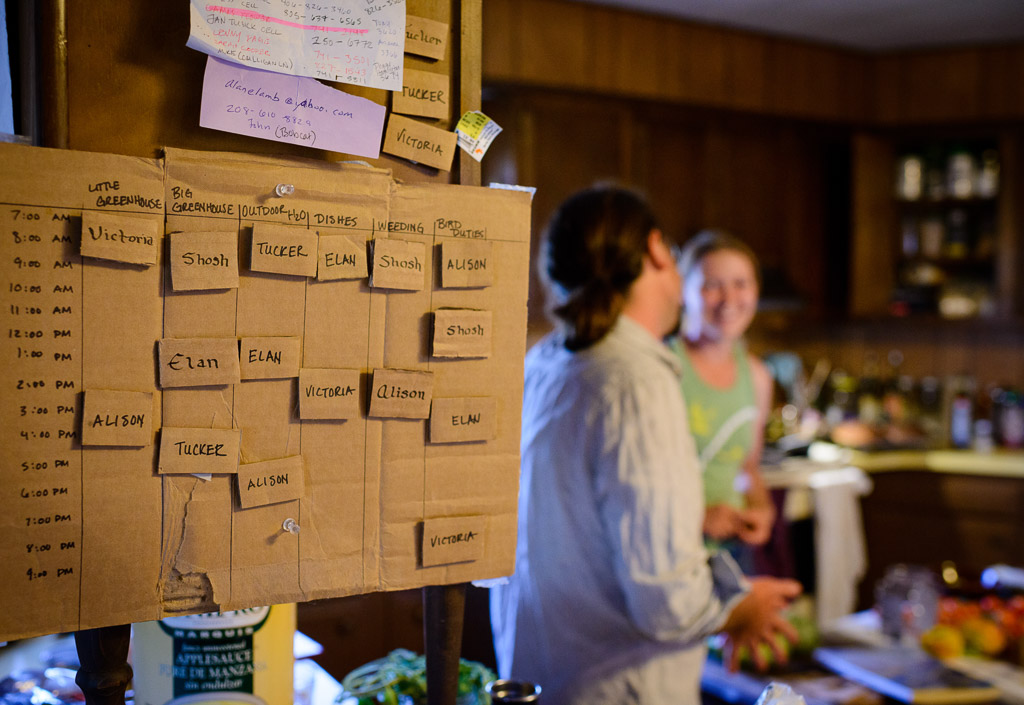
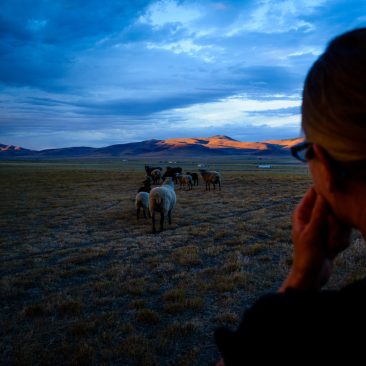
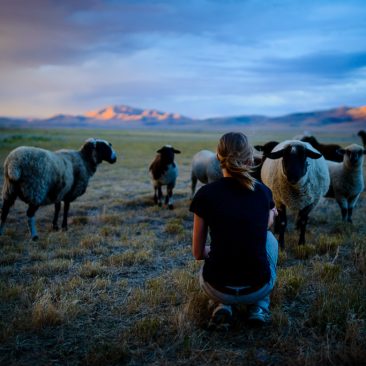
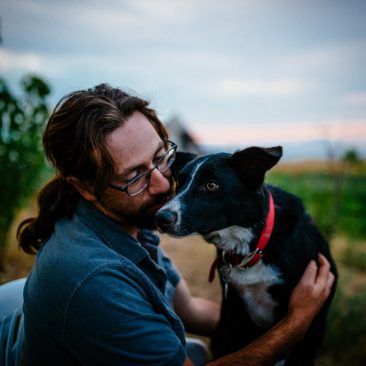
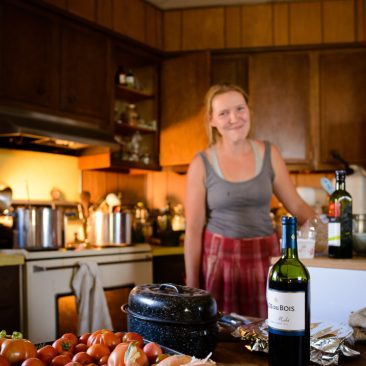
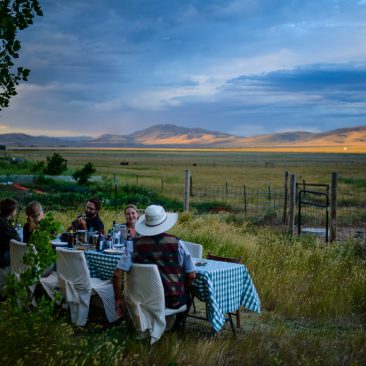
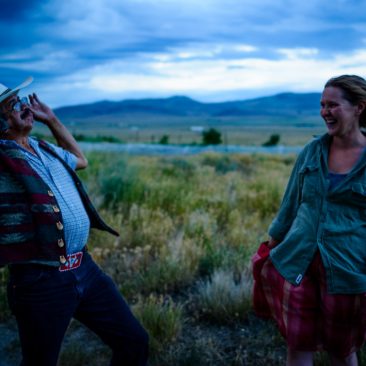
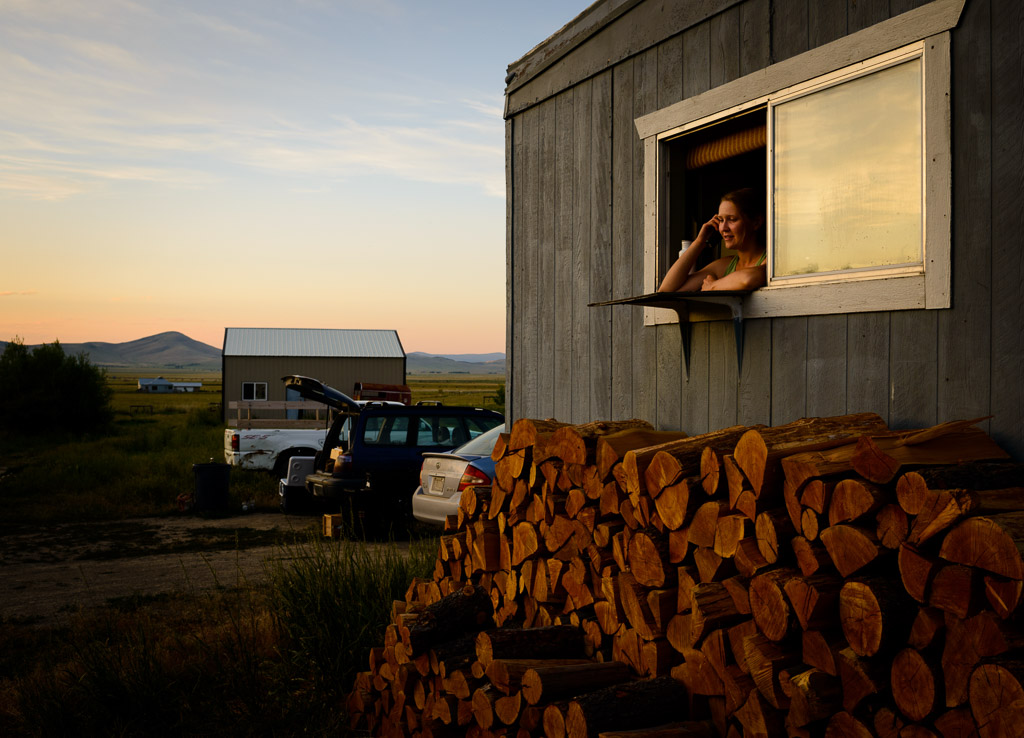
Leave a Reply